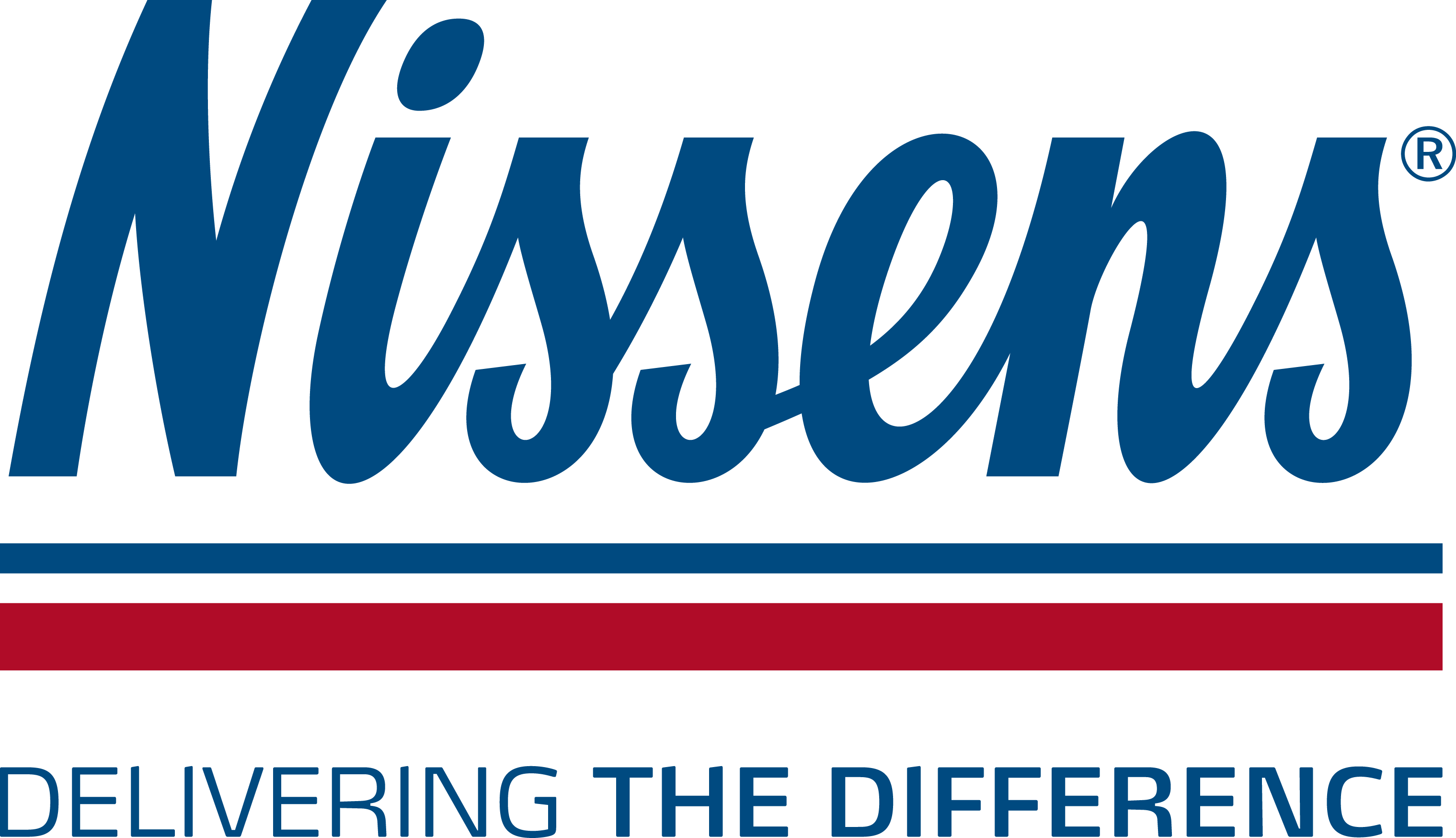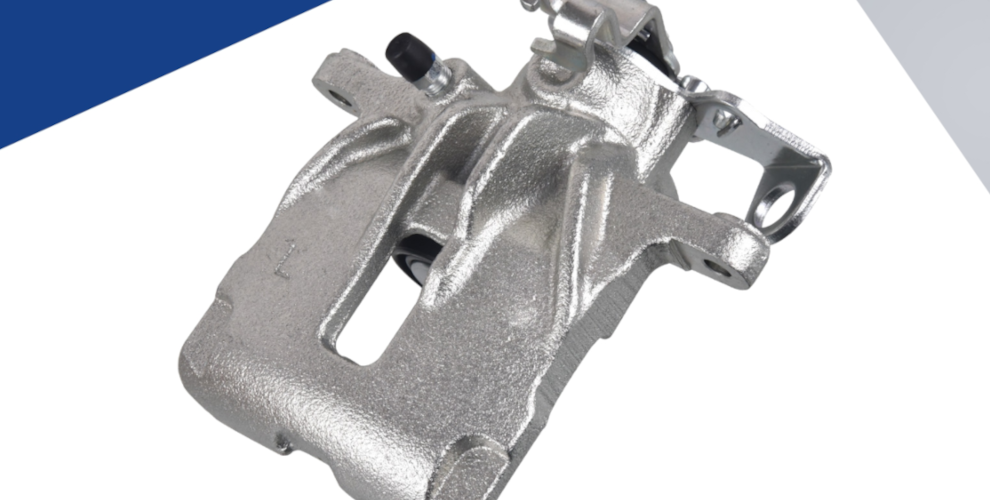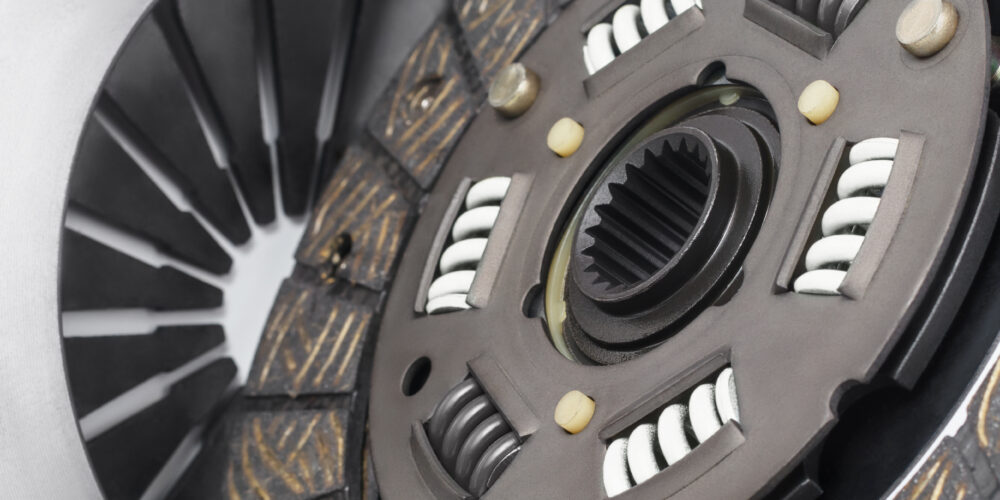Pay year round attention to the primary heat exchanger in the air conditioning system: the condenser.
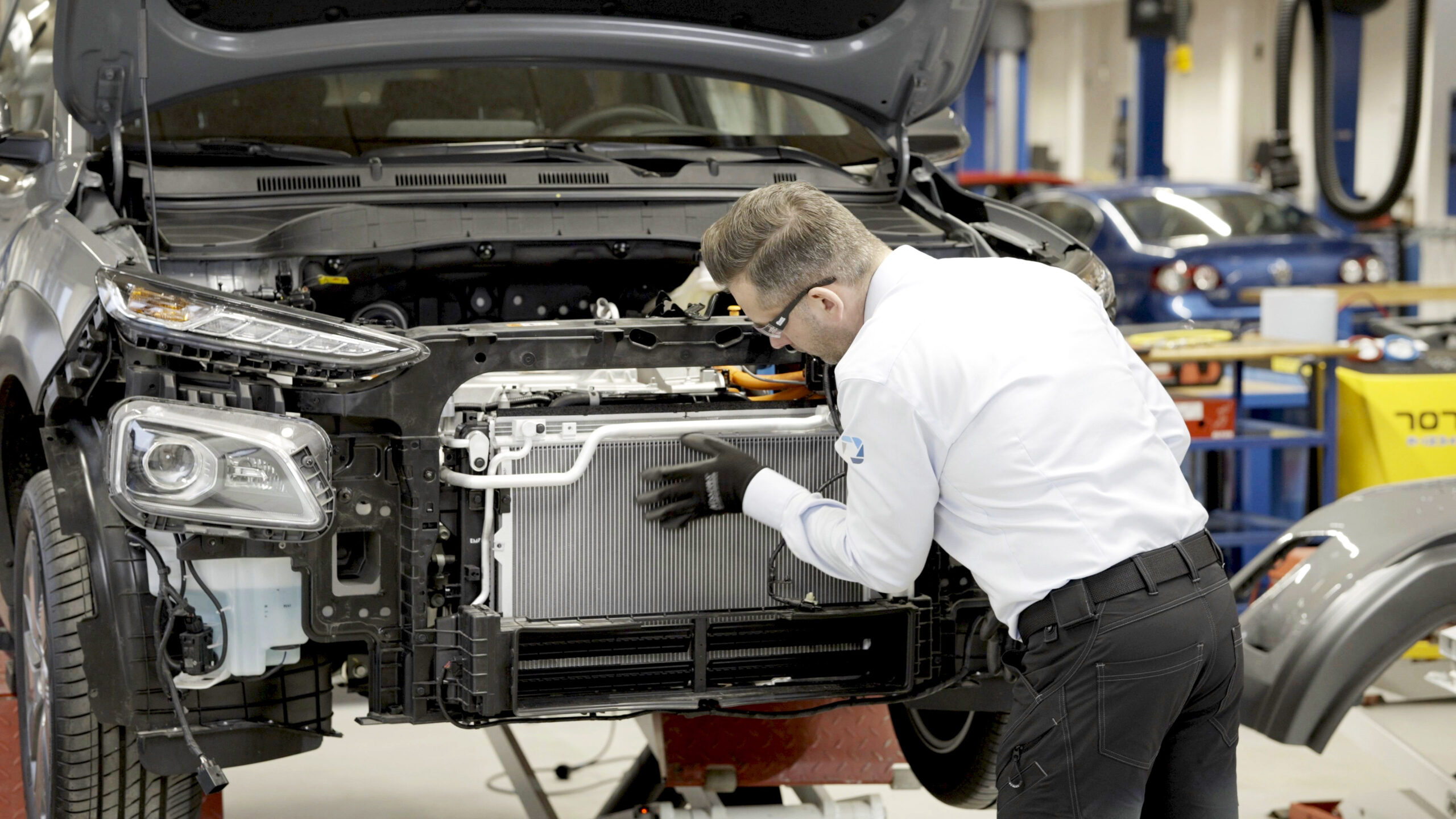
Many only associate A/C as a means of keeping cool when the weather is hot. However, the A/C system also dries humid air coming in and dries it out before it ventilates the cabin. Using the A/C is the quickest and most effective way to reduce condensation inside the vehicle and prevent the windows from fogging up.
In addition, using the air conditioning regularly keeps the oil/refrigerant mixture moving through the system, which ensures its internal components — mainly the compressor — remain sufficiently lubricated.
Using it year round is the best and safest option. In modern applications such as plug- in or hybrid vehicles with heat pump systems, it’s the only option. Besides keeping you cool on hot days, and warming you up when it’s cold, it’s also protecting the car’s battery from thermal damage.
As a result, A/C system repair and maintenance should be important to independent workshops in all seasons. Nissens Automotive is on hand to provide the workshops with the technical advice and replacement components they need for them to do so.
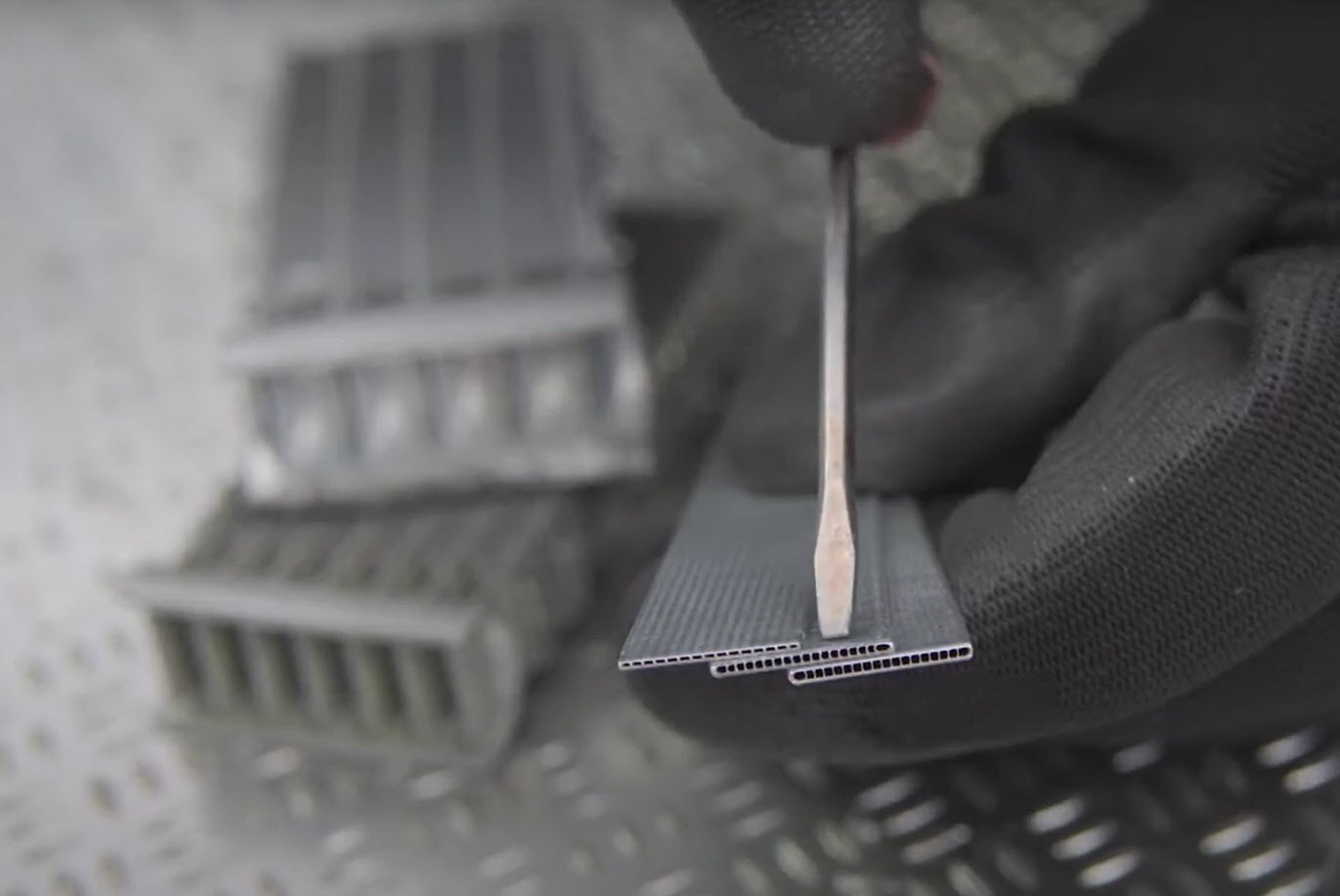
FOCUS ON THE CONDENSER
A faulty condenser, even if it is still partially working, can lead to severe A/C problems and sometimes result in damage to, or even seizure of, the compressor. Compressors are very costly components, and replacing one will take the vehicle off the road as the rest of the A/C system will need to be examined and flushed. The oil/gas refrigerant mixturechanged.
The condenser is typically attached to other heat exchangers in the engine compartment. The role of the condenser is to ensure that the state of the refrigerant changes fromgaseous to liquid form, which happens through condensation. The airflow through the condenser’s fins enables this process by extracting the refrigerant heat and exchanging it with the ambient air.
MECHANICAL DAMAGE
This problem is often ruled out as a reason for reduced system performance or compressor failure because leakages and surface perforations are generally considered the
most common causes for system failure. However, even light mechanical deformation of the condenser tubes and fins can result in severe system performance limitations. Only one deformed condenser tube can restrict refrigerant flow inside the unit, reducing the system’s performance significantly.
Furthermore, the limited flow will cause abnormally high pressures and temperatures in the loop. These will increase the compressor workload and effectively reduce its lifespan or worse, cause it to break down.
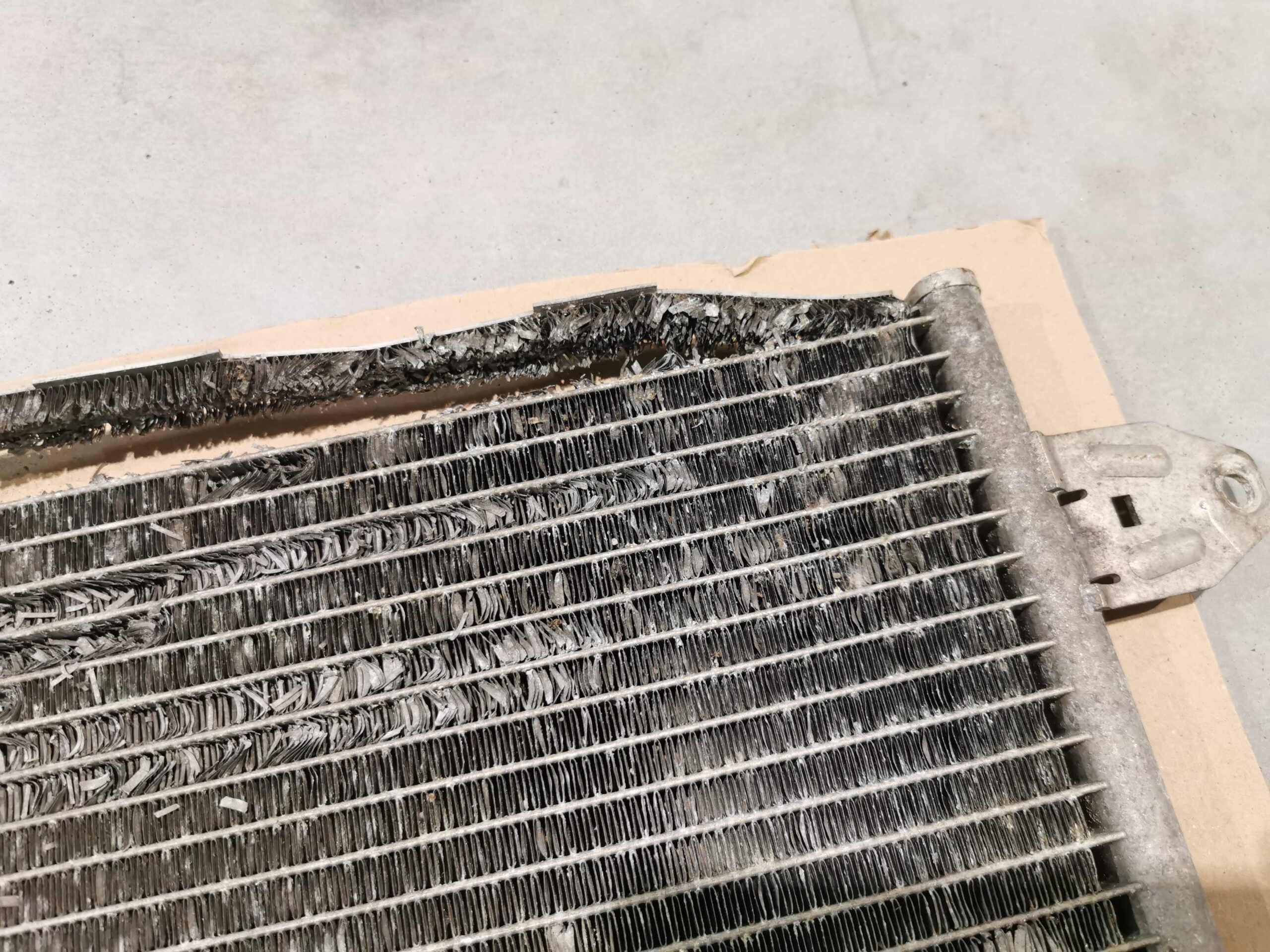
CORROSION
As one of the A/C components placed closest to the external environment, the condenser is exposed to extensive wear and tear during its lifetime. Especially climates with heavy rains, snow, and humidity are hard on the condenser. As the roads are covered by salt during the colder months, the salt water will spray the exposed condenser and increase the risk of corrosion. Even if the condenser doesn’t leak and seems tight, the heat exchange capacity can operate at a much lower capacity. As corrosion attaches to the thin aluminum fins, the working surface area is reduced, consequently reducing the condenser’s overall heat exchange capacity. Deterioration of only one fin row from the condenser can reduce its thermal performance by up to 5%!
INNER CLOG
When impurities develop in the system, the thin channels of the condenser will quickly clog. This can restrict the refrigerant flow, eventually reducing the unit’s ability to exchange heat. In most cases, this will subsequently cause overpressure in the system, which is very harmful to the compressor. Condensers with micro and nanotube technology are at significant risk. While micro tube technology offers an outstanding cooling performance, the thin tubes are more prone to stoppages. As the flow is compressed to a more confined area, fewer impurities are needed for clogging to occur. Among the main culprits of clog- causing inner contamination, improper system flushing, overdosing system additives, and degraded lubricant are some causes. Impaired function of the loop’s receiver-dryer is another common culprit.
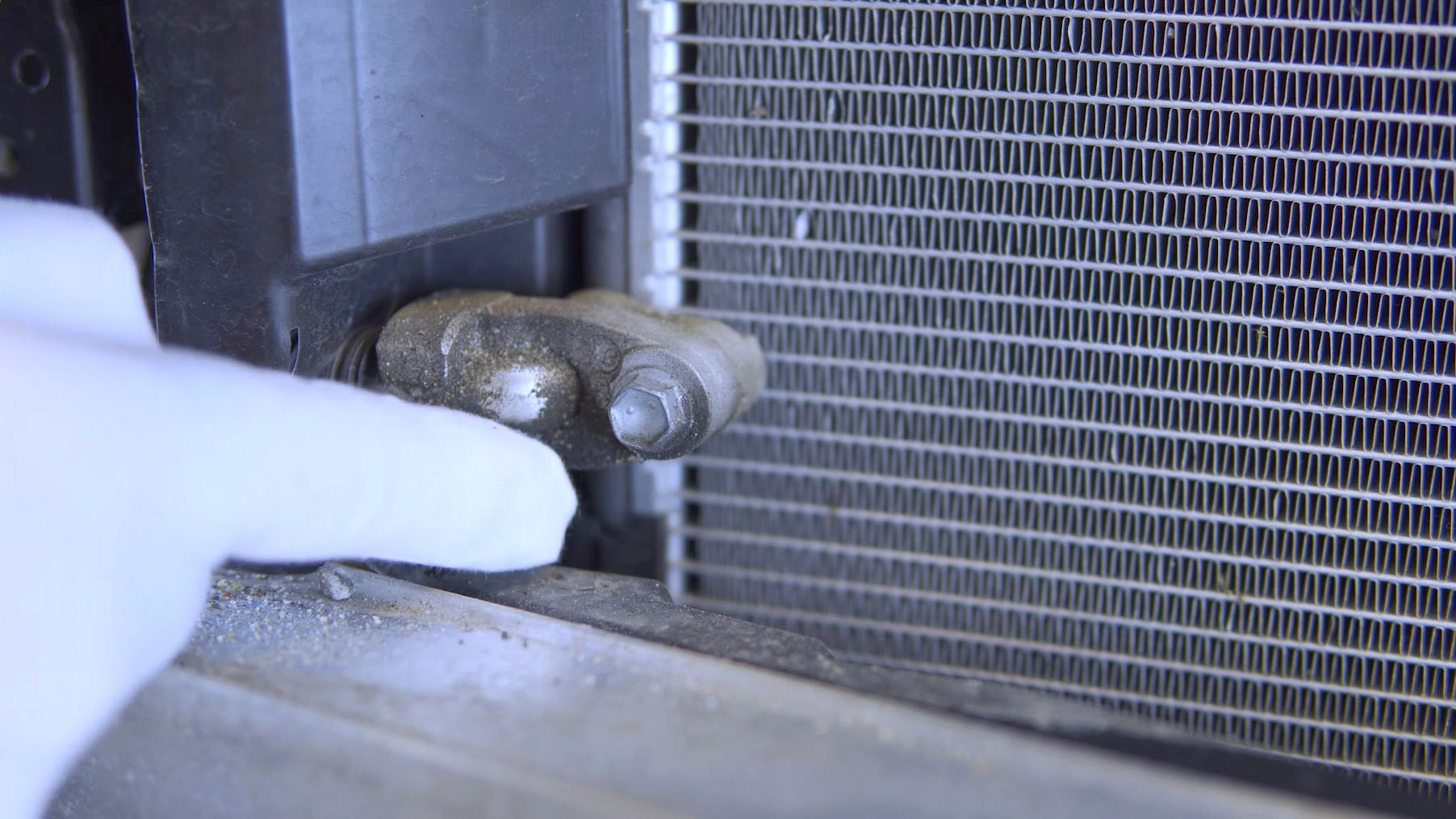
THE SOLUTION RECOMMENDED BY NISSENS
01 Always handle the condenser properly and do not disregard any light damage on its surface. If the tubes or fins are visibly damaged, replace the condenser with a new unit.
02 Irrespective of the primary reason why a vehicle visits the workshop, technicians should always carry out a visual inspection of the entire A/C system looking for leaks of oil residue on component surfaces, around joints and at couplings.
03 The condenser’s surface inspection can save expensive system and compressor repairs. So, any signs of corrosion or leaks on the condenser surface must be considered as serious threats to the efficiency and operation of the system. Pay particular attention to the bottom part of the condenser, where tubes and fins are mostly exposed to humidity and aggressive salt spray. If you see any signs of leakage or missing/deteriorated fins, replace the condenser.
04 When replacing condensers, choose one with corrosion protection applied, as this will prolong its lifespan considerably.
05 To keep the condenser in good condition, the receiver dryer must always be replaced during a compressor replacement if the circuit has been exposed to ambient air, or the system has run empty due to leakages.
06 Perform a system flush after a compressor breakdown. Make sure that no flushing agent residues remain in the system after flushing. Always use the recommended oil and additives. Replace the condenser in case of doubt.
